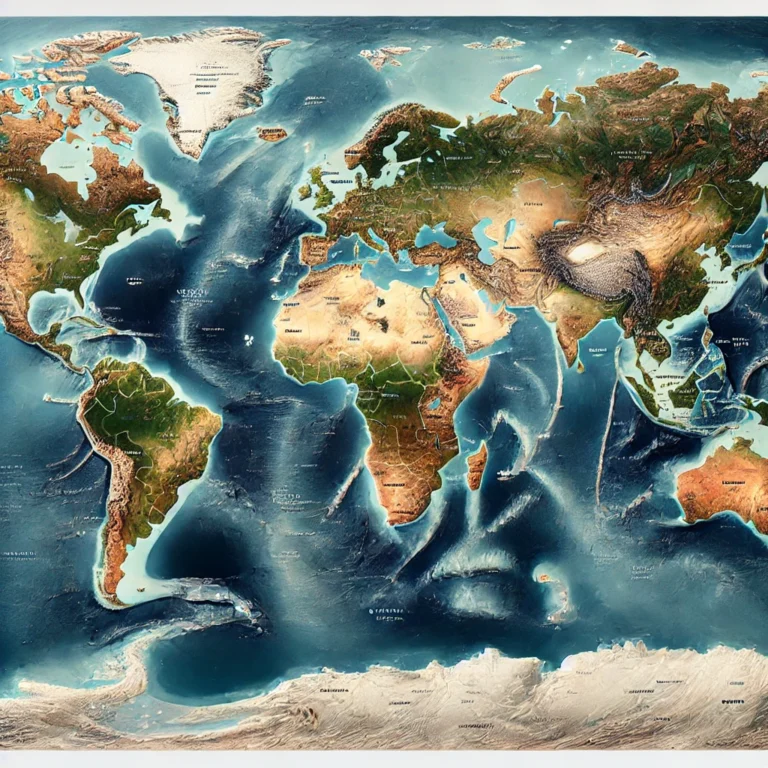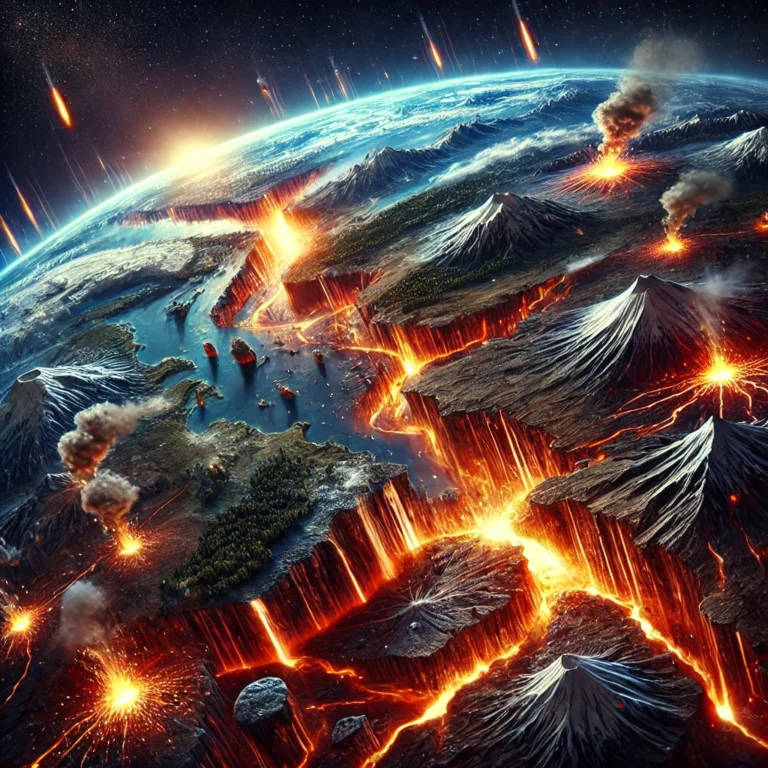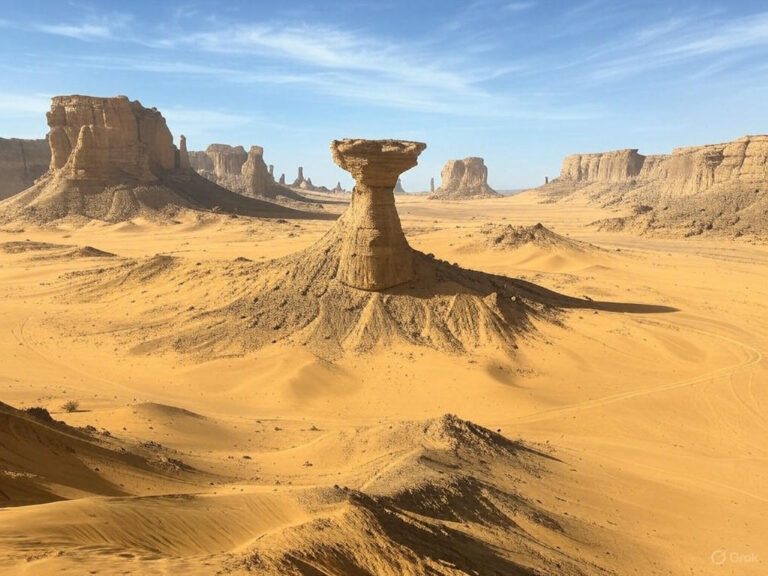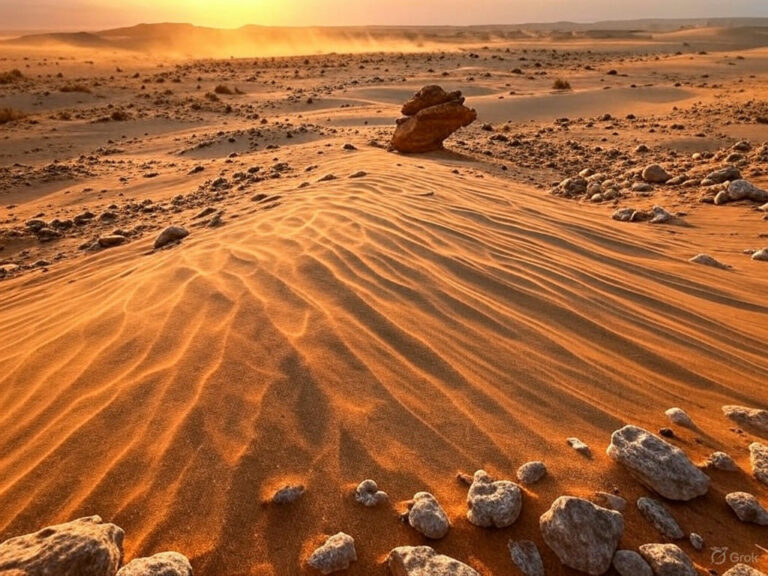Major Plateaus and Plains of Africa
Africa is often described as the “Plateau Continent” because a large portion of its landmass consists of elevated tablelands, sloping down towards narrow coastal plains. Interspersed within these plateaus are vast plains — home to some of the world’s most iconic ecosystems.

Let’s divide this into two sections:
Major Plateaus of Africa
🗺️ South African Plateaus
📍 Location: Covers most of South Africa, Lesotho, and Eswatini (Swaziland)
🗻 Elevation: 900–1,800 m (avg)
🔹 Key Features:
- These plateaus are part of the broader African Highlands.
- Terrain: Predominantly flat landscapes, occasionally interrupted by hills or isolated mountains.
🔹 Three Subdivisions:
- Interior Plateau:
- Lies between the Drakensberg Mountains and Kalahari Basin
- Semi-arid; includes Bushveld and Highveld areas.
- Drakensberg Plateau:
- Near the Drakensberg Mountains in the east
- Forms a natural escarpment descending sharply to the coastal plain.
- Great Karoo:
- Arid to semi-arid plateau inland of Cape Fold Mountains.
- Known for unique desert flora and fossils.
🧭 Significance: These plateaus are the foundation for South Africa’s mining industry (gold, diamond, coal), and rivers like Orange and Limpopo flow across them.
🗺️ East African Plateaus
📍 Location: From Ethiopia to Tanzania, including parts of Kenya, Uganda, Rwanda, and Somalia
🗻 Elevation: 900–1,800 m (avg)
🔹 Physiography:
- Form part of the Great African Plateau.
- Marked by rolling hills, escarpments, and volcanic mountains.
- Traversed by the East African Rift System, which has led to the formation of rift valleys and volcanoes.
🔹 Subregions:
- Masai Steppe (Tanzania) – Semi-arid plateau with grasslands.
- Serengeti Plateau – Home to one of the most diverse wildlife ecosystems.
- Ethiopian Plateau – Divided by the Ethiopian Rift into the Abyssinian Massif (NW) and Harar Massif (SE).
🐘 Famous for wildlife reserves (e.g., Serengeti, Ngorongoro) and volcanic lakes (e.g., Lake Victoria, Lake Tanganyika).
🗺️ Sanetti Plateau
📍 Location: Bale Mountains, southeastern Ethiopia
🔹 Geological Nature:
- Formed by successive lava flows millions of years ago.
- A high-altitude volcanic plateau, rising over 4,000 m in places.
🌿 Ecological Significance:
- Part of Bale Mountains National Park.
- Habitat for endemic species like the Ethiopian wolf and giant mole rat.
🧬 Note: Sanetti Plateau is one of the few Afro-alpine environments south of the equator.
Major Plains of Africa
🏞️ Bushveld Plains
📍 Location: Northern South Africa and Southeastern Botswana
🔹 Landscape Features:
- Lies between the Highveld Grasslands and the Kalahari edge.
- Gently undulating terrain interspersed with low mountains (e.g., Waterberg Mountains).
🌿 Vegetation:
- Dominated by mopane trees and woodland savanna.
- Climate: Tropical seasonal – hot wet summers, cool dry winters.
🐾 Biodiversity:
- Rich in wildlife reserves (e.g., Kruger National Park).
- Geological presence of platinum and iron ore belts.
🏞️ Serengeti Plains
📍 Location: Spans Northern Tanzania and Southwestern Kenya
🔹 Size: ~30,000 sq. km
🗺️ Includes:
- Serengeti National Park (Tanzania)
- Maasai Mara Reserve (Kenya)
🐃 Ecological Marvel:
- Hosts Africa’s greatest wildlife spectacle:
→ Annual migration of over 1 million wildebeest, along with zebras and gazelles — in a loop following the rains.
🌍 Serengeti–Mara Ecosystem:
- Transboundary conservation area.
- One of the largest protected ecosystems on Earth.
🏞️ Olduvai Gorge – Cradle of Humanity
📍 Location: Within the eastern Serengeti Plain, in the Ngorongoro Conservation Area, Tanzania
🔹 Paleontological Significance:
- Geological deposits range from 2.1 million to 15,000 years ago.
- Contains fossils of over 60 hominin individuals.
- Record of stone-tool evolution over millennia.
🧠 Why important: Provides direct evidence of human evolution, including the Leakey family’s excavations of Homo habilis, Homo erectus, and early Homo sapiens.






